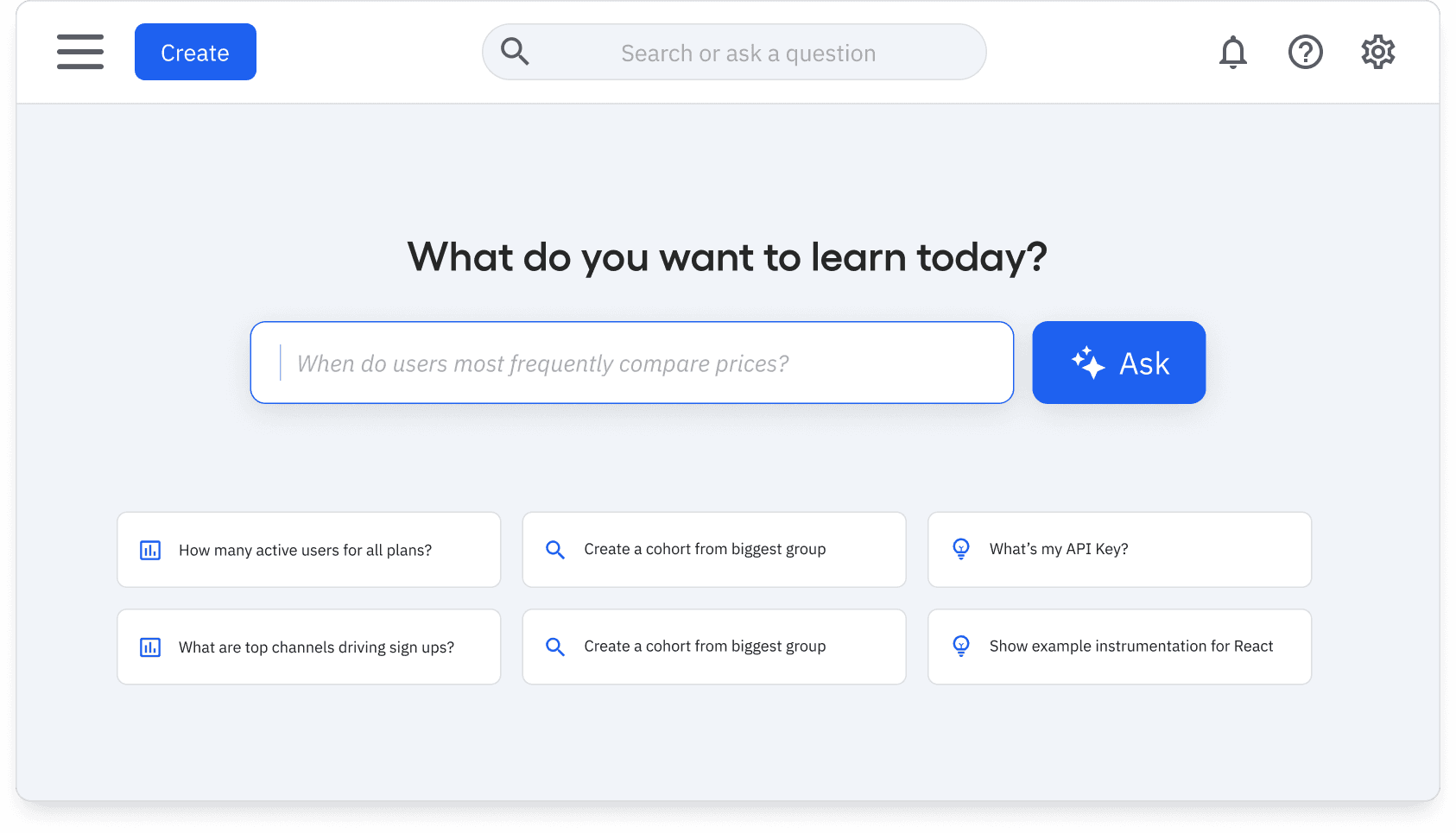How High-Quality Data Fuels Success in the Age of AI
AI ambitions will go nowhere without a plan to prioritize data quality, governance, and structure.
One of the most challenging things about the current AI landscape is the pace of change. It’s the definition of building the plane while flying—except it’s a prop plane today, a 747 tomorrow, and a spaceplane the next day. Data leaders have to grapple with adjusting to the present while also building a firm infrastructure for the future. The most successful leaders will balance short-term and longer-term business ROI, thinking of AI investments as a compounding loop: small successes today fund and fuel tomorrow’s transformation.
Though we all try to predict the future, AI is advancing so quickly that none of us knows where it’s going with certainty. What we do know is where it’s delivering the most value to data teams right now—and if your data isn’t ready for those AI use cases, you’ll be left behind.
AI-powered data access and activation for everyone
One of the most exciting opportunities for data teams is using AI to enable data democratization. The concept of data democratization isn’t new. We’ve been talking about it at Amplitude for years. However, five to ten years ago, data democratization was all about self-serve dashboards and reports. With AI, we’ve sailed beyond that to users directly activating their data-driven insights in natural language.
Though natural language querying has been around for a while, it’s never been able to get to the right answers so consistently, and in plain English, until now. Business users don’t need to know SQL, they don’t need to manipulate filters and datasets, and they don’t need to bog down data engineers with requests. They just chat with a text-based user interface about what they’re looking for:
- How many conversions did we have last month in EMEA?
- What’s our funnel conversion from A to B to C?
- What percentage of new users completed onboarding last week?
Today, these text-based interfaces are typically inside analytics platforms. But these are exactly the types of questions that AI data bots are being trained to answer today within collaboration interfaces like Slack. In the near future, that updated workflow will be common and widespread.
AI doesn’t just connect to datasets and metrics; it can also connect to the systems nontechnical teams use to take action. Empowering business users to access, understand, and engage with data in this manner enables:
- Faster (and better) decision making: When people can find answers quickly and independently, they don’t get blocked waiting for answers and can make data-driven decisions.
- More innovation: Teams can run experiments and test new ideas, resulting in faster innovation loops.
- Greater efficiency: By reducing dependency on specialized data teams for every query, you can lower your data processing and analysis costs or free up those data teams to work on higher-impact analysis.
These AI interfaces need good, clean data to produce trustworthy, reliable answers.

Ask Amplitude is a conversational interface that helps business users express Amplitude-related concepts and questions in natural language with minimal experience using analytics tools and limited understanding of the data taxonomy.
Agentic AI to accelerate data teams’ tasks
AI agents can be a force multiplier for your data team. They scale the work your team is doing without requiring additional staff. Agents can instantly analyze your data to find trends and opportunities. From those findings, they can also propose and test hypotheses. They never stop learning and can help you keep up with an impossibly fast world.
Agents act as an extension of your data team that supplements the work your data team does. They offer an opportunity to automate most (or all) of the manual work that bottlenecks your team today. Most data leaders are just scratching the surface (if scratching at all!) when it comes to agentic AI. It has enormous potential to free data teams to focus on more complex work. Example use cases include:
- Generating complex data queries
- Monitoring data pipelines for failures or anomalies, diagnosing the issue, and recommending or initiating corrective action
- Creating data visualizations for business stakeholders
- Updating existing visualizations with new styles, color palettes, etc. (When your marketing team updates your branding … AGAIN)
- Tagging sensitive data (PCI, HIPAA, etc. )
- Culling datasets and auto-generating documentation, descriptions, and metadata
- Evaluating data access requests against compliance rules and data classifications, and making recommendations or auto-approving
Unlocking entirely new ways to use data
It’s easy to look at this new set of tools and ask, “How can AI speed up what teams are already doing?” But in the long run, the better question is, “How can AI build new processes that get users closer to what they want?”
It’s long been a feature of innovation that new creations naturally take the form of the things they replace. Humans have expectations and don’t know what to do with something entirely novel.
The most progressive data leaders are thinking beyond today’s use cases and ways of working to completely reimagine how teams engage with data to further business goals. Some are using AI to report back on how business users are using AI. They’re then using these insights and recommendations to scale and fuel continuous improvement, fueling the flywheel of AI development within their companies.
Others are empowering business stakeholders with AI-powered scenario simulations to make better decisions and shape the business strategy. For example, data teams can use AI to simulate what-if business scenarios, such as changing prices, expanding into a new region, or reallocating budgets. These simulations look beyond business data and blend external data (e.g., market trends, weather patterns, and geopolitical factors) to give teams a well-rounded, future view of outcomes.
With data teams spending less time on mundane tasks, they can use AI to deliver more strategic, value-added services to functional partners, making them an indispensable resource and solidifying their seat at the table.
Create an AI-ready foundation with Amplitude
In today’s environment, it’s easy to feel behind before you even start. Though some of these AI data use cases might seem out of reach, the best first step to getting ready is prioritizing data quality.
Companies that prioritize data quality, governance, and structure are the ones that will accelerate their AI initiatives the fastest. Those data resources will let them capture AI’s full potential before their peers. Our latest guide provides tactical tips, best practices, and expert insights to prepare your data for AI-fueled analysis and action. Check it out today and get ready for tomorrow.

Michele Morales
Senior Product Marketing Manager, Amplitude
Michele Morales is a product marketing manager at Amplitude, focusing on go-to-market solutions for enterprise customers.
More from MicheleRecommended Reading

The Product Benchmarks Every B2B Technology Company Should Know
Dec 11, 2025
5 min read

How Amplitude Taught AI to Think Like an Analyst
Dec 11, 2025
8 min read

Amplitude + OpenAI: Get New Insights in ChatGPT via MCP
Dec 10, 2025
3 min read

Introducing the Next Frontier of Analytics: Automated Insights
Dec 10, 2025
5 min read

